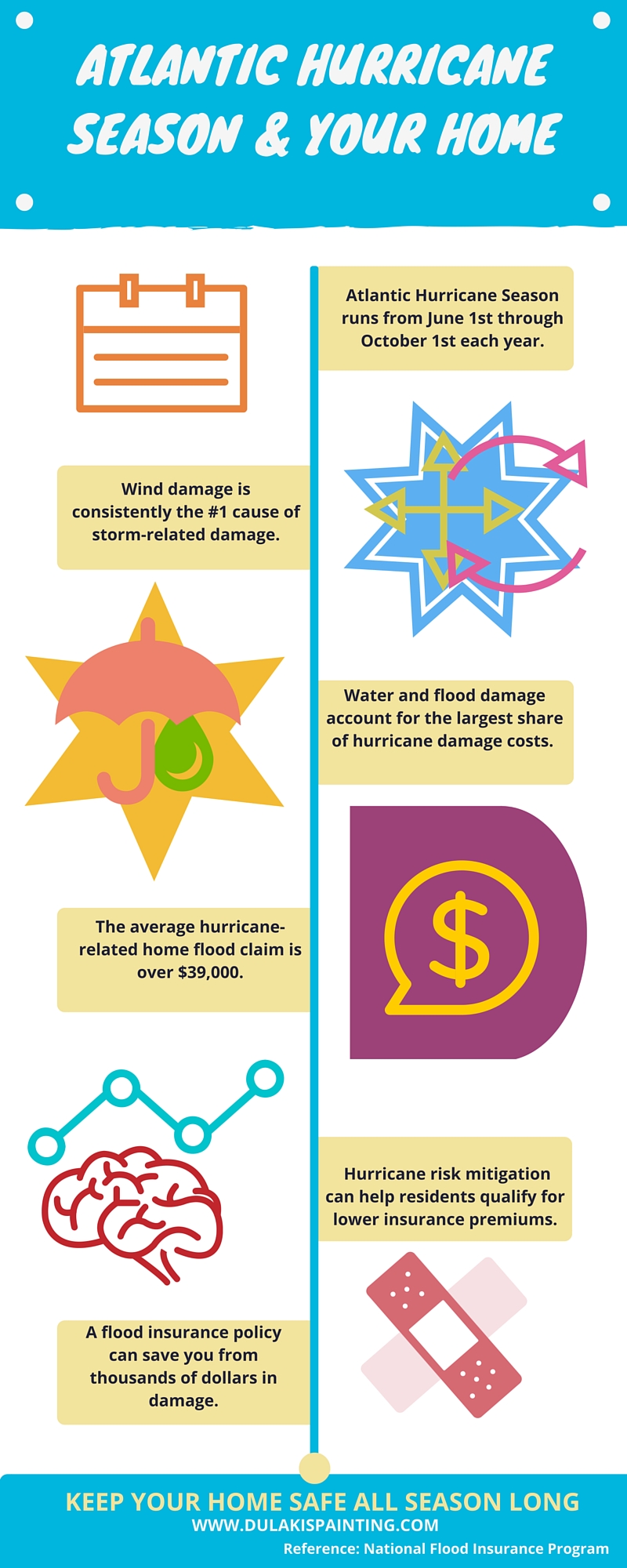Seasonal Factors To Consider For Industrial Exterior Painting: What You Need To Know
Seasonal Factors To Consider For Industrial Exterior Painting: What You Need To Know
Blog Article
Uploaded By-Korsholm Bagger
When you're intending a business external painting project, seasonal variables can make or break your results. You'll want to consider how temperature and moisture impact paint application and drying times. Choosing the appropriate season can guarantee your paint sticks properly and lasts longer. However which periods are absolutely the very best for this sort of work? Allow's explore the crucial elements that can influence your job's success.
The Impact of Temperature on Paint Application
When you're intending an industrial outside painting job, the temperature level can substantially affect just how well the paint adheres and dries.
Ideally, you want to paint when temperatures range between 50 ° F and 85 ° F. If it's too cool, the paint might not cure effectively, resulting in issues like peeling or breaking.
On the flip side, if it's too hot, the paint can dry as well swiftly, stopping correct attachment and causing an irregular finish.
You must also take into consideration the moment of day; morning or late afternoon uses cooler temperatures, which can be a lot more desirable.
Always examine the producer's suggestions for the specific paint you're utilizing, as they often provide advice on the optimal temperature variety for ideal results.
Humidity and Its Effect on Drying Times
Temperature level isn't the only environmental factor that influences your industrial outside paint project; humidity plays a considerable duty as well. High humidity degrees can decrease drying times drastically, affecting the general quality of your paint task.
When the air is filled with wetness, the paint takes longer to heal, which can bring about issues like poor attachment and a higher threat of mold development. If https://www.seattletimes.com/explore/nwhomes/breaking-down-the-cost-of-painting-your-homes-interior/ on a specifically moist day, be planned for extensive wait times between layers.
It's important to monitor regional climate condition and plan as necessary. Preferably, go for humidity levels between 40% and 70% for optimal drying.
Keeping these consider mind guarantees your job stays on track and provides an enduring coating.
Best Seasons for Commercial Exterior Paint Projects
What's the most effective season for your industrial outside painting jobs?
Springtime and early fall are typically your best choices. During these seasons, temperatures are light, and humidity degrees are typically lower, developing ideal conditions for paint application and drying out.
Avoid hopkins exterior painter , which can create paint to completely dry as well rapidly, resulting in inadequate adhesion and coating. Likewise, winter months's chilly temperature levels can prevent correct drying out and healing, risking the longevity of your paint work.
Aim for days with temperatures in between 50 ° F and 85 ° F for optimal results. Remember to check the regional weather forecast for rain, as damp problems can destroy your job.
Preparation around these variables ensures your paint job runs efficiently and lasts longer.
Verdict
To conclude, intending your industrial outside painting jobs around seasonal factors to consider can make a considerable difference in the end result. By scheduling work throughout the optimal temperature levels and humidity degrees, you'll guarantee much better bond and drying times. Bear in mind to watch on local weather forecasts and pick the right time of year-- springtime and very early fall are your best choices. Taking these steps will assist you accomplish a sturdy and expert surface that lasts.
